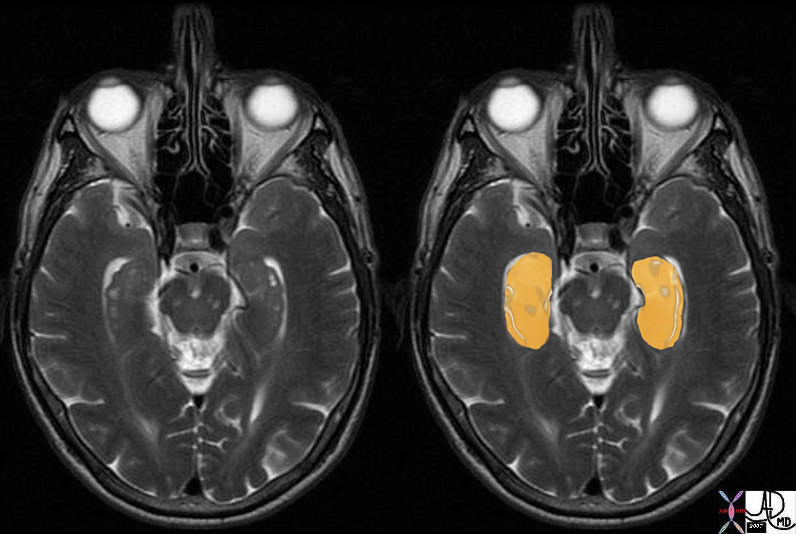Copyright 2007
Structure
It is located under the temporal lobes. It is closely associated with the amygdala and other limbic structures. The hippocampus is home to many estrogen receptors. The connections to the diencephalon are important to hippocampus function. The mamillary bodies have efferent connections to the hippocampus via the fornix.
Function
It is involved with memory and spatial navigation. Specifically, the hippocampus store declarative memories. The hippocampus is one of only two regions in the brain that regularly exhibits neural growth, the other being the brain stem. This demonstrates that the hippocampus exhibits high plasticity and it is hypothesized that neural growth is directly related to the formation of memories. The hippocampus functions as a processing intermediary, receiving signals from the parihippocampal gyrus of the medial temporal lobe and transmitting the processed outputs to the neocortex.
In regards to spatial navigation, the hippocampus is responsible for the memory of where places are located. In this regard, it partners with the caudate nucleus which functions to faciliate orientation for travel to these destinations.
Disease
The hippocampus is one of the first structures affected by Alzheimer’s disease. Oxygen deprivation and encephalitis are also dysfunctions experiences by the hippocampus. Disease predominantly affects ability to form new memories and the ability to access old ones. Herpes simplex encephalitis damages the hippocampus resulting in amnesia. Rabies also affects the hippocampus. Neurons in the hippocampus are more vulnerable than average to premature death as is the hippocampus to ischemia. Reduced gray matter in the left anterior hippocampus is observed in schizophrenics. The hippocampus is also smaller in individuals with a history of depression.
Diagnosis
PET can identify hypoperfusion in the hippocampus, a sign of Alzheimer’s. Clinical observation of memory impairment. fMRI and ERPs are used to observe memory function diagnostically. High field (T>1.5) scanners may be necessary to evaluate complex epilepsy causes in the hippocampus.
Treatment
Medicinal and antiviral treatments are used to combat disease in the hippocampus. Cognitive rehabilitation techniques are used to mitigate the effects of memory loss and impairment. Acetylcholinesterase inhibitors also enhance memory function. Selective amygdalohippocampectomy is performed when the origin of epileptic seizures is located within these structures. Temporal lobectomy also results in the removal of the hippocampus to treat complex seizures. Magnetic Seizure Therapy (MST) uses focused stimulation of the right frontal area to induce a seizure. MST does not result in cognitive side effects or amnesia like electroconvulsive treatment. MST is a treatment option for patients with clinical depression.

Hippocampus at the level of the Colliculi |
| 38690c01b01 brain hippocampus limbic system amygdal hippocampus fornix cingulate gyrus normal cerebral anatomy MRI T2 weighted image Davidoff MD |

| Hippocampus |
| 49075 Brain Normal Frontal pariental temporal lobe Cerebellum Lateral ventricle 61 Male T1 sagital Courtesy Ashley Davidoff MD Uploaded RP |
References:
Review of Medical Physiology. 22nd Edition. 2005. The McGraw-Hill Companies, Inc.
Godlee, Fiona. Clinical Evidence. BMJ Publishing Group Ltd., 2007.
Epilepsy. American College of Radiology – Medical Specialty Society. 1996 (revised 2006).
Major depression in adults in primary care. Institute for Clinical Systems Improvement – Private Nonprofit Organization. 1996 Jan (revised 2007 May).
